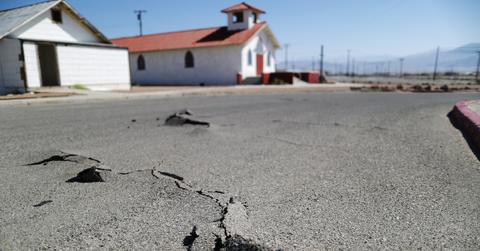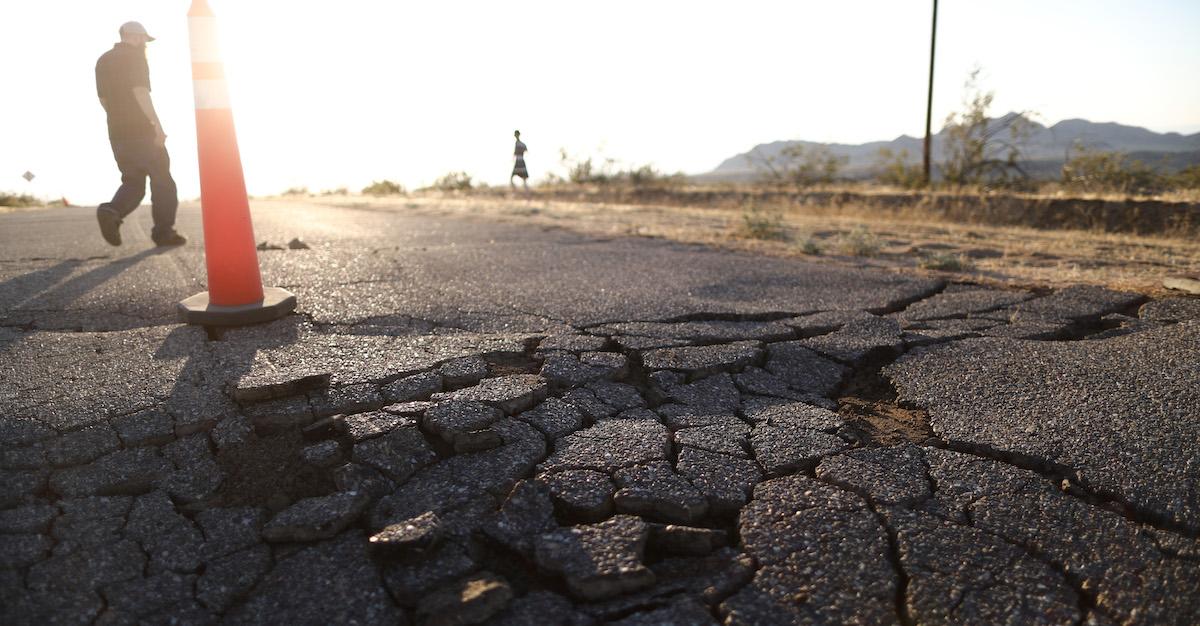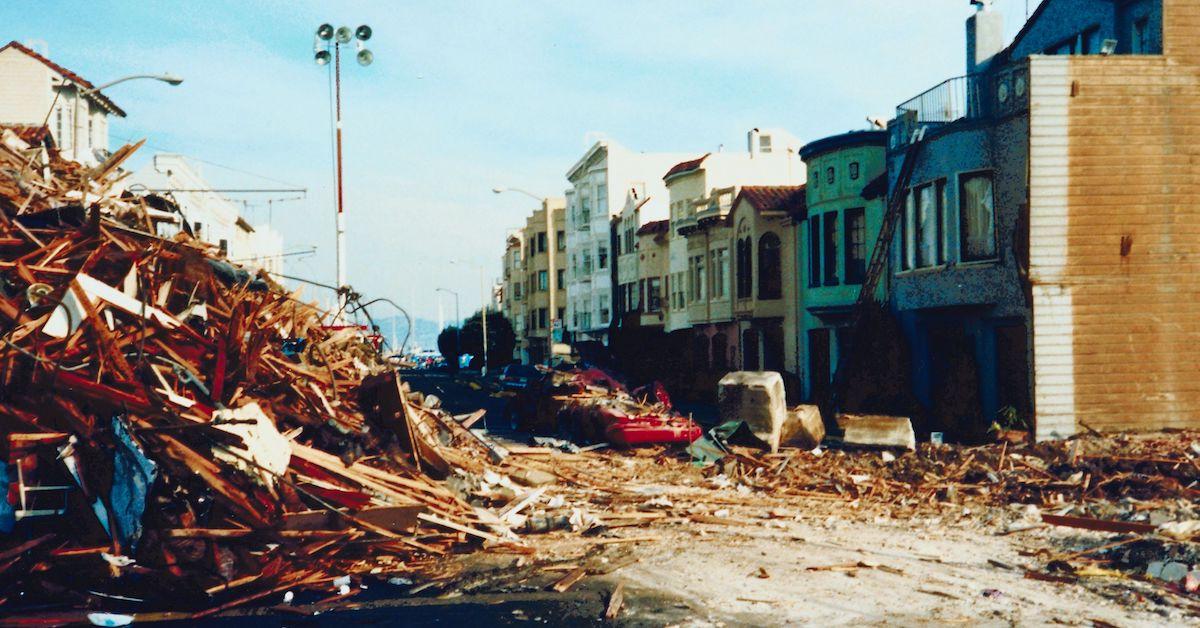A 4.7 Magnitude Earthquake Hit North of San Simeon, Calif. Last Night
Published Oct. 26 2021, 12:32 p.m. ET

Although the Golden State is generally revered for its temperate weather conditions, gorgeous views, and consistent sunshine, a relatively significant earthquake has struck California once again. During the evening of Monday, Oct. 25, a 4.7 magnitude earthquake hit just north of San Simeon in San Luis Obispo County. It doesn't appear that anyone was injured or killed, or that major damage was done, but authorities are warning locals to remain cautious, and to prepare for potential aftershocks.
"A 4.7 magnitude earthquake lightly shook the Central Coast just after 4:30 p.m. on Monday," local CBS journalist from KION546, Melody Waintal, reported on Monday at 5:51 p.m., local time. "A few people in Marina said they felt the quake, along with South Salinas and King City. Did you?"

Here's what you should know about San Simeon's most recent quake:
Around 4:42 p.m. local time, a 4.7 magnitude earthquake shook parts of San Luis Obispo County, per Volcano Discovery. It was measured at a relatively shallow depth of 3.2 miles, which means that being close to the surface, it likely felt stronger than deeper quakes that are located farther down beneath the earth's surface. And even though it probably felt somewhat strong, it wasn't believed to have caused much damage beyond broken windows and objects falling from shelves in people's homes.
One of the closest communities to the epicenter of the storm was the town of San Simeon. Although the population is a relatively small 460, it's located just 11 miles from the epicenter, and likely bared the brunt of the storm. Paso Robles which is 36 miles from the epicenter, Greenfield which is 38, Atascadero which is 41, Soledad which is 45, and San Luis Obispo which is 50 miles away likely felt notable shaking. Arroyo Grande, which is 61 miles away, probably felt weak shaking, as well.
Seven minutes after the first earthquake hit the area, according to Cal Coast News, a 3.7 magnitude aftershock struck in the exact same spot. This type of aftershock, or basically a smaller, follow-up storm, is pretty common in the realm of earthquakes, as aftershocks often strike immediately after the first one.

Why does California get so many earthquakes?
California is more prone to earthquakes than other parts of the U.S., according to The Sun, because the Golden State lies along the San Andreas Fault. The San Andreas Fault is 800-mile area where the Pacific Plate and the North American Plate meet. It divides into three different segments which each have different degrees of earthquake risks — the worst, unfortunately, passes through 35 miles of the highly-populated Los Angeles.
About 70 major earthquakes have hit California since 1812, when earthquakes were first recorded in the Golden State, but countless tremors and events have shaken the area to its core. The largest was likely 1857's 7.9 magnitude Fort Tejon earthquake, and the most destructive was the 7.8 magnitude 1906 San Francisco earthquake. Over 3,000 people were killed by falling buildings and fires — luckily, none of that degree have hit in a long time.
While it seems as though this one has passed, be careful of aftershocks if you live in the area. And remember to always be prepared for the next one.